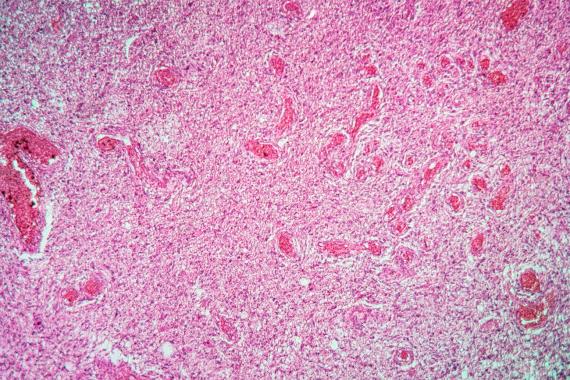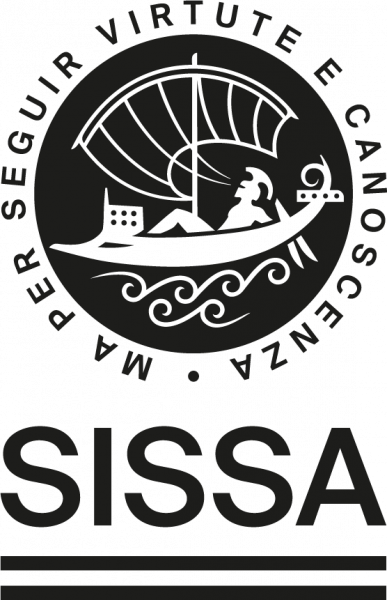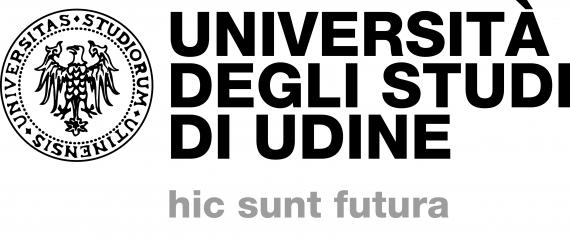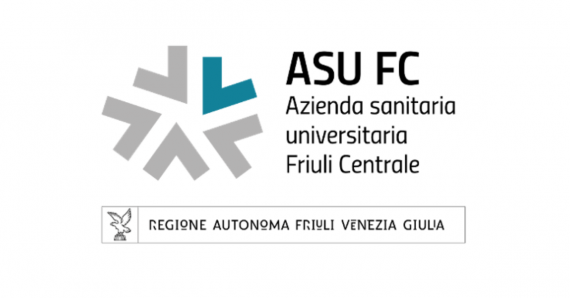Section:

KEYWORDS
- oncology
- glioma
- glial precursor cells
- mitosis
- cell motility
- tumour-induced epilepsy
- brain electrical activity
Description
The authors of the present invention have surprisingly found that a composition comprising R-Ketorolac, which inhibits the dynamics of the cytoskeleton, Bumetadine, centrally blocking the Na-K-Cl cotransporter (NKCC) and at least one Cl-channels blocker significantly reduces motility and replication of a human primary glioblastoma cell line and motility and replication of Glioma Stem Cells from patients affected by Grade IV glioblastoma. The composition additionally comprises at least one TMEM16A inhibitor. The composition has an almost negligible effect on the electrical activity of healthy neurons. In addition, the authors have found that Infliximab reduces the epileptic discharges induced in neurons by exosomes derived from patients affected by glioma (of all grades). The composition comprises R-Ketorolac, Bumetadine, at least one Cl-channels and Infliximab. Infliximab is for use in the treatment of glioma-associated epilepsy.
Scientific Background
Glioblastoma is an aggressive type of brain tumour belonging to the family of glioma. Glioblastoma may occur in the brain or spinal cord and forms from astrocytes that support nerve cells. Glioblastoma, also known as glioblastoma multiforme (GBM, i.e. grade IV glioma), is very difficult to treat and a cure is not possible. Only few patients survive 2.5 years and less than 5% of patients survive 5 years following diagnosis, with a median survival of approximately 14 to 15 months from the diagnosis. The standard of treatment is surgery, followed by daily radiation and oral chemotherapy. Treatments may slow progression of the cancer and reduce signs and symptoms. No single drug can arrest this deadly progression because of the highly heterogeneity of cancer cells. Furthermore, during the progression of both low- and high-grade glioma, epilepsy occurs in 40-90% of cases. The malignancy of glioma is due to genetic mutations in tumour suppressors and oncogenes, but also in the signaling molecules contained in extracellular vesicles released by glioma stem cells (GSC) and glioma associated stem cells (GASC), referred to as exosomes. Moreover, membrane proteins such as ionic channels and transporters were shown to play a major role in cell condensation and uncontrolled replication/infiltration of GBM. Several lines of evidence suggest that Chloride (Cl-) and K+ channels have a major role in cell volume shrinking and swelling, which are two fundamental steps during mitosis and replication possibly shared by almost all eukaryotic cells. There is a large variety of Cl- channels, among them there is the recently discovered family of membrane proteins referred to as TMEM16. Recently, the role of TMEM16A in cancer has been considered and reviewed. TMEM16A over-expression in cancerous cells, however, is not homogeneous and TMEM16A is not over-expressed in subtypes of breast cancers and Pancreatic Neuro-Endocrine tumours. We have previously described the existence of Calcium flares in GBM, which can reach levels in the range of 1-5 mM, suggesting a role for calcium flares and Cl- channels during GBM mitosis. (R)-ketorolac is a 5-benzoyl-2,3-dihydro-1H-pyrrolizine-1-carboxylic acid that has R configuration. Unlike the S-enantiomer, it does not exhibit COX1 and COX2 inhibition, but does exhibit analgesic activity. (R)-ketorolac is used as a potent analgesic for the short-term management of post-operative pain, and in eye drops to relieve the ocular itching associated with seasonal allergic conjunctivitis. Bumetanide is a potent sulfamoylanthranilic acid derivative belonging to the class of loop diuretics. In the brain, bumetanide may prevent seizures in neonates by blocking the bumetanide-sensitive Na/K/Cl cotransporter (NKCC1), thereby inhibiting chloride uptake thus, decreasing the internal chloride concentration in neurons and may block the excitatory effect of GABA in neonates. Niflumic acid is an aromatic carboxylic acid and a member of pyridines. It is widely used as an analgesic and anti-inflammatory agent in the treatment of rheumatoid arthritis. Infliximab is a monoclonal antibody belonging to the family of tumour necrosis factor-a (TNF- a) inhibitors. It is used for the treatment of autoimmune diseases such as Chron’s disease, chronic plaque psoriasis and rheumatoid arthritis. There is a strong need for an effective treatment of low- and high-grade glioma, and for glioma-related epilepsy.
Results
Results of laboratory tests performed on the invention: the application of the cocktail of R-Ketorolac, Bumetanide and Niflumic acid had a significant cytotoxic effect on the U87 glioma cell line compared to control (i.e. DMSO-only solution), as shown by metabolic assays. When imaged for up to three days in vitro after the administration of the cocktail, glioma cells gradually stopped their mitosis and migration processes. When tested on hippocampal neurons and glioma co-cultures, the cocktail showed selective cytotoxicity for glioma. Electrophysiology experiments using MEAs showed that the cocktail minimally affected the spontaneous electrical activity of cortical neurons at mature stage of development, by decreasing the frequency of synchronous events - thus having a potential antiepileptic effect on hyperexcitable neuronal networks.
TRL Level: 4 (Technology Validated in Lab)
Advantages and Innovative features
These results demonstrate that the cocktail has: (a) an inhibitory effect on the infiltration (invasiveness) of brain tumour cells while not blocking the physiological neuronal signaling, and (b) a potential antiepileptic effect on neuronal circuits, in particular when affected by tumour-released exosomes. The combination of anti-inflammatory and diuretic drugs for inhibiting glioma overgrowth and tumour-related epilepsy represents an innovation in the treatment of brain tumours by repositioning already existing, FDA approved compounds. Traditional antiepileptic drugs, indeed, typically interfere with the metabolism of chemotherapy agents and make the treatment of tumour-related epilepsy very challenging in the clinical practice. The presence of epilepsy is the most prominent risk factor for long-term disability in brain tumour patients. Therefore, new therapeutic alternatives are needed to improve the quality of life of brain tumour patients, as well as to decrease the related public health expenditures. Another advantage of the combination of drugs proposed resides in the decreased degree of side effects caused by these molecules compared to traditional chemotherapy for tumour treatment. Each drug in this combination would be indeed administered at a lower dosage compared to its traditional systemic use, and the degree of interaction with the metabolism of chemotherapy agents would be minimized.
Potential Applications
The combination of drugs proposed can be further developed into new, lipophilic prodrugs formulations for blood-brain barrier penetration. Niflumic acid is indeed a non-steroidal anti-inflammatory compound used for arthritis-related pain, and has been used so far for targeting only peripheral organs. However, there is evidence that lipophilic prodrugs can deliver niflumic acid in the CNS. Similarly, Bumetanide, a diuretic agent acting on the sodium-potassium-chloride cotransporter, can be administered in the form of lipophilic prodrugs for CNS targeting.
Once delivered into the CNS, the cocktail could demonstrate additional effectiveness in treating different neurological disorders involving an imbalance in the excitability of neurons, such as schizophrenia, autism and temporal lobe epilepsy. Therefore, the cocktail will potentially not be limited to the treatment of brain tumours and (tumour-related) epilepsy.
Target Companies: Bio Chem Tec, Pharmaceutical, Laboratory, Medical Instruments
Inventors
Miran Skrap, Vincent Torre, Daniela Cesselli, Anna Menini, Michele Giugliano





